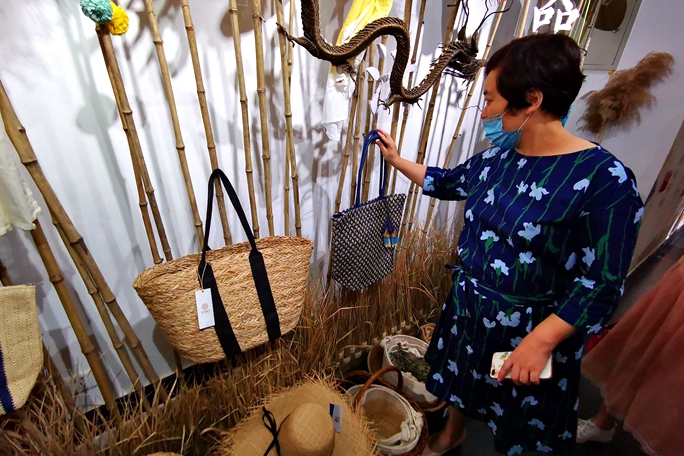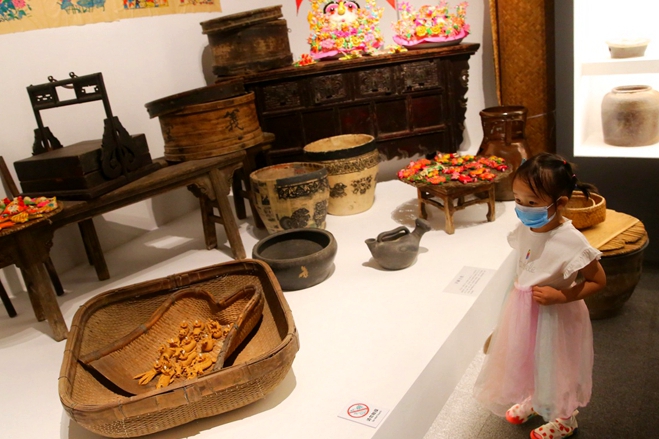Painting a hopeful picture
A stepping-up
Although most locals do not know what impressionism or post-impressionism is, the vibrantly painted wall has seen a huge increase in visitor numbers, which has made a splash in the town.
"For me, art should not be framed and stationed far from the public. It should be everywhere in daily life, staying as a delightful scene," Liu says.
When he was a freshman in college, he joined a painting campaign organized by his school to paint distribution boards and manhole covers that helped to brighten up the streets in Qingdao, Shandong province.
"Using my brushes to contribute to urban construction by adding beautiful elements means a lot to me," Liu says, pointing out that art can also make a difference to the countryside.
Liu says he'd be happy if the wall becomes an inspiration for the local city planners. If more art lovers can exhibit their skills and talent in specially set spaces or zones, cities will become more colorful and beautiful.
 |
|
Liu Zhiwen, a senior student, majoring in oil painting at the College of Art, Qingdao University of Science and Technology. [Photo provided to China Daily] |
In fact, many cities across the globe have commissioned hand-painted and carefully designed murals.
One of the latest was unveiled in Changning district, Shanghai, in January, with a huge mural painted on the exterior walls of two six-story residential buildings.
Lasting more than six months, 14 artists participated in the painting named Flowers and Doves.
"The mural has helped to realize the fusion of the surrounding residential space, business architecture and public transportation, and it brings joy to the public," Xu Jing, deputy chief of Changning district, told local media at the launch ceremony, adding that she hoped to see more art projects like this one in the future.
The appearance of street art, including graffiti, has exploded over the last four decades, but the medium can be traced back to ancient Roman times and also to Mayan architecture.
Modern graffiti, usually associated with hip-hop culture, boomed in the late 1960s and '70s when urban youths began tagging the sides of subway carriages and buildings.
To deal with the impact of the ongoing pandemic, graffiti and mural artists have been busy painting incredible coronavirus-inspired works on walls and buildings across the globe.
The art form-still new in China-has grown with increasing popularity over the years, since a number of local artists began to gain international recognition.
In 2010, New York graffiti artist Chris Ellis-who goes by the street name Daze-had a graffiti exhibition in Beijing.
The authentic Bronx flavor-on subways and alley walls for decades-appeared on the walls of Beijing's Chang Art Gallery.
Over the years, graffiti has become a recognized art form. Many street artists' works have been showcased around the world, as well as being purchased by established art museums and galleries.
Contact the writer at wangqian@chinadaily.com.cn

 Shandong Culture and Tourism Consumption Season
Shandong Culture and Tourism Consumption Season Culture, tourism sectors pick up in Shandong as epidemic wanes
Culture, tourism sectors pick up in Shandong as epidemic wanes

